
unit 2 | tides & distances
tides
tides vocab
apogee → point of an orbit that is further away from focal point
perigee → point of an orbit that is closer to focal point
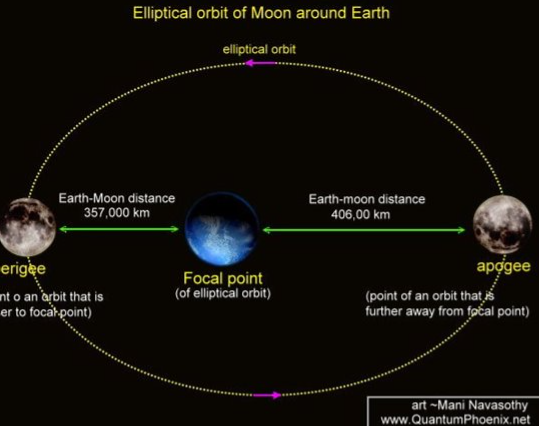
spring tide
occurs during the full & new moon
the combined gravity of the sun & moon produces a stronger tide
higher high tide & lower low tides
has nothing to do with the season
occurs twice each lunar month
moon is aligned with sun
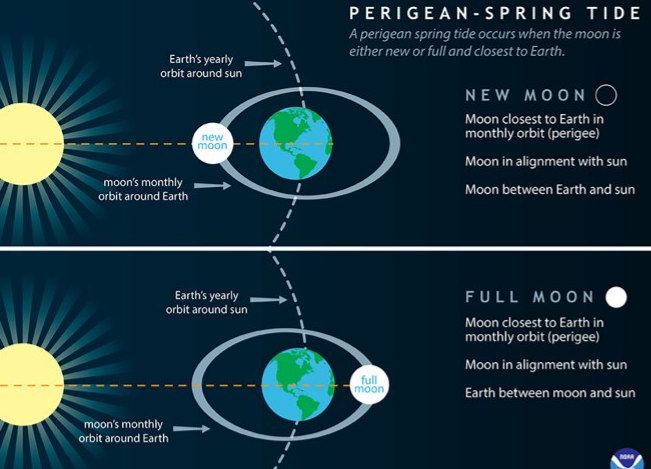
neap tide
occurs during the waxing & waning half-moons
the detracting gravity of the sun and moon produces a weaker tide
lower high tides & higher low tides
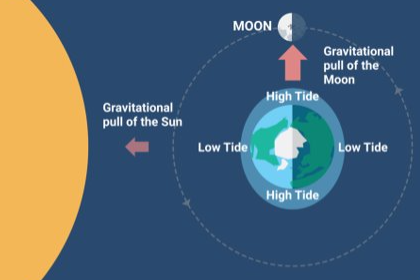
diurnal tide
1 episode of high water and 1 episode of low water each day
occur in locations when the moon is farthest from the equator

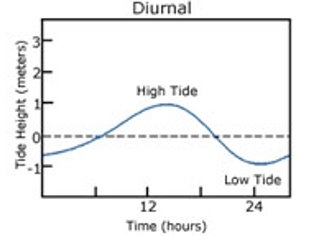
semi-diurnal tide
2 episodes of equal high water and 2 episodes of low water each day
the second high tide rises to the same level it did in the 1st high tide
the second low tide also matches with the 1st low tide
occurs when the moon is directly over the equator
most common type of tidal pattern
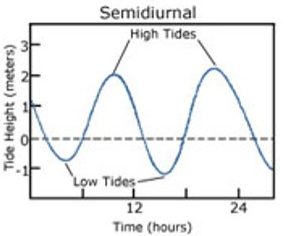
mixed tide
can have two episodes of high or low water per day
two high or low tides are unequal
can either include both sets of unequal high or low waters or only one set of unequal high or low water
occurs when the moon is extremely far north or extremely far south of the equator

meteorological tides
tides affected by wind, barometric pressures, rainfall, ice melting, & land drying
example:
storm surges: the wind & inverted barometric pressure combine to cause a dramatic increase in sea levels
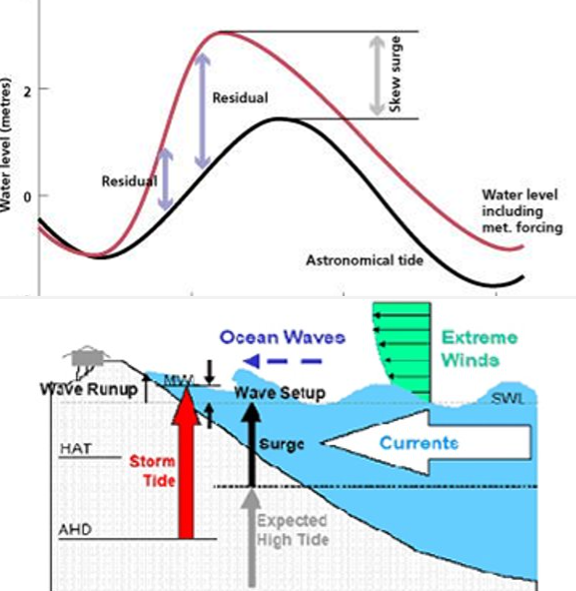
space measurement
doppler effect
the apparent change in the frequency of a wave
with light it’s also called “red shift, blue shift”
when a star or other luminescent object is moving away from our position then it appears to give off more red light
when a star or other luminescent object moves closer it appears to give off more blue light


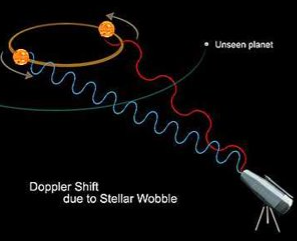
cosmological red shifts
the wavelength at which the radiation is originally emitted is lengthened as it travels through (expanded) space
cosmological red shift results from the expansion of space itself and not from the motion of an individual body
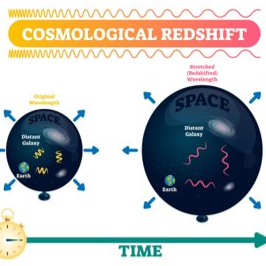
astronomical units
major unit used to measure space (AU)
made from measuring the mean distance from the center of the Earth to the center of the Sun
93,000,000 mi

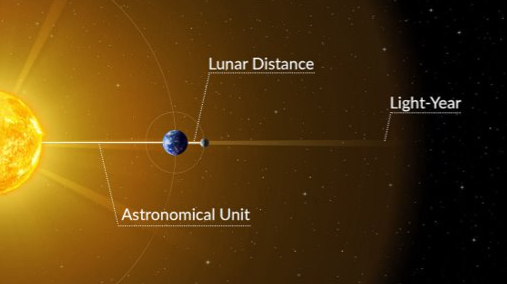
light years
how long is a light-year in Earth years?
5,878,625,370,000 mi (9.5 trillion km)

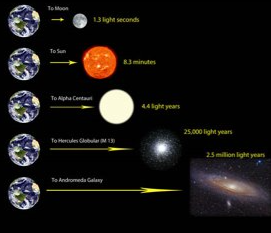
parallax
the apparent displacement or the difference in apparent direction of an object as seen from two different points not on a straight line with the object especially
OR
the angular difference in direction of a celestial body as measured from two points on Earth’s orbit
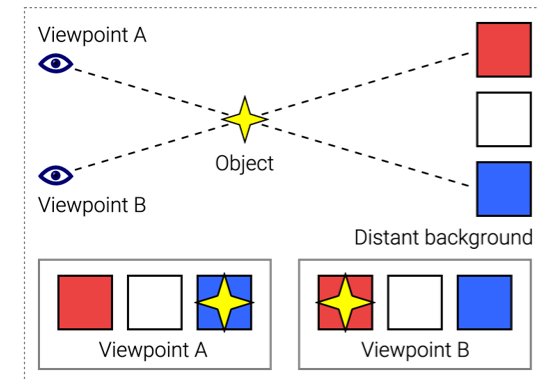
parsecs
a unit of distance used in astronomy, equal to about 3.26 light years (3.086 x 10^13 km)
one parsec corresponds to the distance at which the mean radius of the Earth’s orbit subtends an angle of one second of arc

unit 2 | tides & distances
tides
tides vocab
apogee → point of an orbit that is further away from focal point
perigee → point of an orbit that is closer to focal point

spring tide
occurs during the full & new moon
the combined gravity of the sun & moon produces a stronger tide
higher high tide & lower low tides
has nothing to do with the season
occurs twice each lunar month
moon is aligned with sun

neap tide
occurs during the waxing & waning half-moons
the detracting gravity of the sun and moon produces a weaker tide
lower high tides & higher low tides

diurnal tide
1 episode of high water and 1 episode of low water each day
occur in locations when the moon is farthest from the equator


semi-diurnal tide
2 episodes of equal high water and 2 episodes of low water each day
the second high tide rises to the same level it did in the 1st high tide
the second low tide also matches with the 1st low tide
occurs when the moon is directly over the equator
most common type of tidal pattern

mixed tide
can have two episodes of high or low water per day
two high or low tides are unequal
can either include both sets of unequal high or low waters or only one set of unequal high or low water
occurs when the moon is extremely far north or extremely far south of the equator

meteorological tides
tides affected by wind, barometric pressures, rainfall, ice melting, & land drying
example:
storm surges: the wind & inverted barometric pressure combine to cause a dramatic increase in sea levels

space measurement
doppler effect
the apparent change in the frequency of a wave
with light it’s also called “red shift, blue shift”
when a star or other luminescent object is moving away from our position then it appears to give off more red light
when a star or other luminescent object moves closer it appears to give off more blue light



cosmological red shifts
the wavelength at which the radiation is originally emitted is lengthened as it travels through (expanded) space
cosmological red shift results from the expansion of space itself and not from the motion of an individual body

astronomical units
major unit used to measure space (AU)
made from measuring the mean distance from the center of the Earth to the center of the Sun
93,000,000 mi


light years
how long is a light-year in Earth years?
5,878,625,370,000 mi (9.5 trillion km)


parallax
the apparent displacement or the difference in apparent direction of an object as seen from two different points not on a straight line with the object especially
OR
the angular difference in direction of a celestial body as measured from two points on Earth’s orbit

parsecs
a unit of distance used in astronomy, equal to about 3.26 light years (3.086 x 10^13 km)
one parsec corresponds to the distance at which the mean radius of the Earth’s orbit subtends an angle of one second of arc

 Knowt
Knowt

